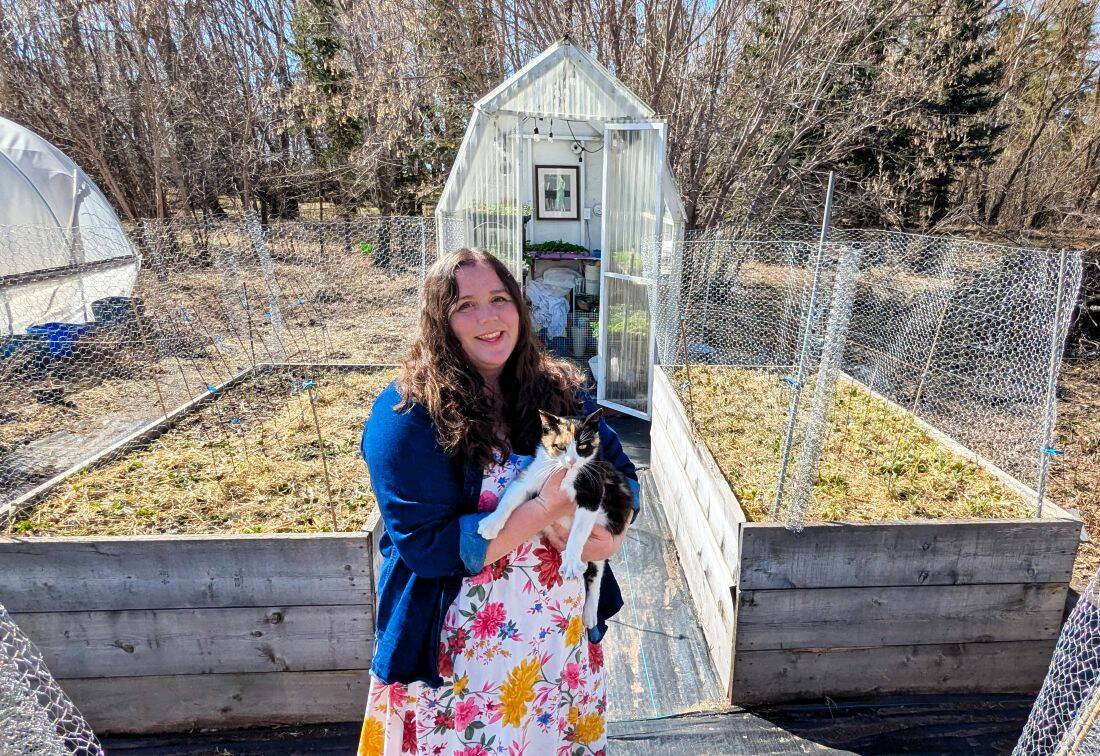At the end of the day, Tom Maloney says it all comes down to respect.
The senior extension associate at the Charles H. Dyson School of Applied Economics and Management at Cornell University has spent decades studying how to successfully manage multicultural teams, and he has advised farmers on how to best manage migrant labour forces.
“Owners and managers have got to believe that it’s in their best interest to get everybody working together and, this is especially important, have zero tolerance for disrespect,” says Maloney. “As soon as the owner or manager laughs at a racial joke or engages in racial name-calling of some sort or shows any kind of disrespect, the chances of having a functioning, respectful, multicultural team go way down.”
Read Also

A season of trial and colour
Following a Saskatchewan flower farmer through the seasons.
That can be a challenge if a producer has locally hired employees who already hold bigoted views or who feel threatened by the arrival of new employees.
But beyond ethical concerns, Maloney says that disrespect or racism in the workplace also limits the ability of a business to function effectively.
“If you are not a respectful employer, if you have not learned acceptance of people with another culture and another language, then often you pay a price,” Maloney says. “Good workers from another country won’t stay and people get the message. The workers will get the message right away that they are not respected or that they are thought less of than people from Canada.”
But there are things that farm managers or owners can do build understanding and foster team work.
The first is to tackle any language barriers that might exist between foreign workers and Canadian ones. And if an employer plans to run their farm business with Spanish- or Tagalog-speaking workers over the long term, they should make an effort to learn the language.
While it’s not likely that existing employees will tackle fluency in a second language, getting workers from different backgrounds to exchange words and phrases is a great way to build understanding and create a cohesive team, says the management expert.
“If you want to get two groups, or more than two groups of people, to work together you need to get them to do something together, to interact, to get to know each other, rely on each other and know each other as individuals,” Maloney says. “A good thing to do if you’re at a staff meeting… is have the English speakers learn some words in Spanish and the Spanish speakers learn some words of English. They can teach each other and they learn together. And if they make a mistake in pronunciation, everybody laughs and feels comfortable about that.”
While some farmers might balk at the idea of using time that could be spent harvesting, planting or processing to squeeze in a language lesson, Maloney says that in reality, a few hours spent at the beginning of a new season is a small price to pay for a smoothly functioning team that’s able to communicate.
He also encourages farm owners and managers to keep an eye out for homesickness among temporary foreign workers who have left their families behind.
“They are here by their own choice, but that doesn’t mean it’s easy,” says the management specialist. “So I think that making opportunities for them to stay close to their families is important.”
Newer technologies, like FaceTime, and better cellular coverage in recent years have allowed many migrants to keep in closer touch with family back home. But Maloney adds that technology still doesn’t compensate for missing milestone events or being unable go home at the end of a work day.
“From the employers’ standpoint, I think a very simple thing that can be done is asking them how are their families? Ask how are their children that are growing up at home without them,” he says. “If they are having a birthday party at home for one of the children, the worker knows that. So just asking about what’s going on with the family helps show that the employer is interested and that the employer knows that it’s difficult.”
Maloney also says that while it’s helpful to be aware of cultural traits that might be common to a particular group of employees, it’s important not to cross over into stereotypes.
“It is a fine line. And it goes back to respect and trying to be respectful of people’s differences without being judgmental about those differences,” he says. “I think that it’s easier when you understand that there are traits about a culture that are cultural because of how people have been brought up.”
An example of a cultural trait among Mexican workers is that they tend to be very sharing, Maloney says. “When they come to lunch and they bring food, it’s not just for them, it’s also for the other people who are having lunch,” he says. “So that’s a cultural trait that’s more common to them than it is to us. That is different than a stereotype that says this person is not as good as I am or a racial stereotype or some kind of cultural stereotype that puts another down.”
For farmers employing migrant workers hailing from a variety of countries and backgrounds, it’s important to keep an eye out for stereotypes or disrespect between employees as well.
“What we are talking about takes a long time. It takes a long time for managers to learn how to do all this… but it’s worth the investment,” Maloney says. “The glue that holds it all together is that the employer needs good workers and the foreign-born worker needs an opportunity to make life better for themselves and their family. That’s the glue that holds it together and if you start there with a dedication on both sides to make it work, that goes a long way.”














